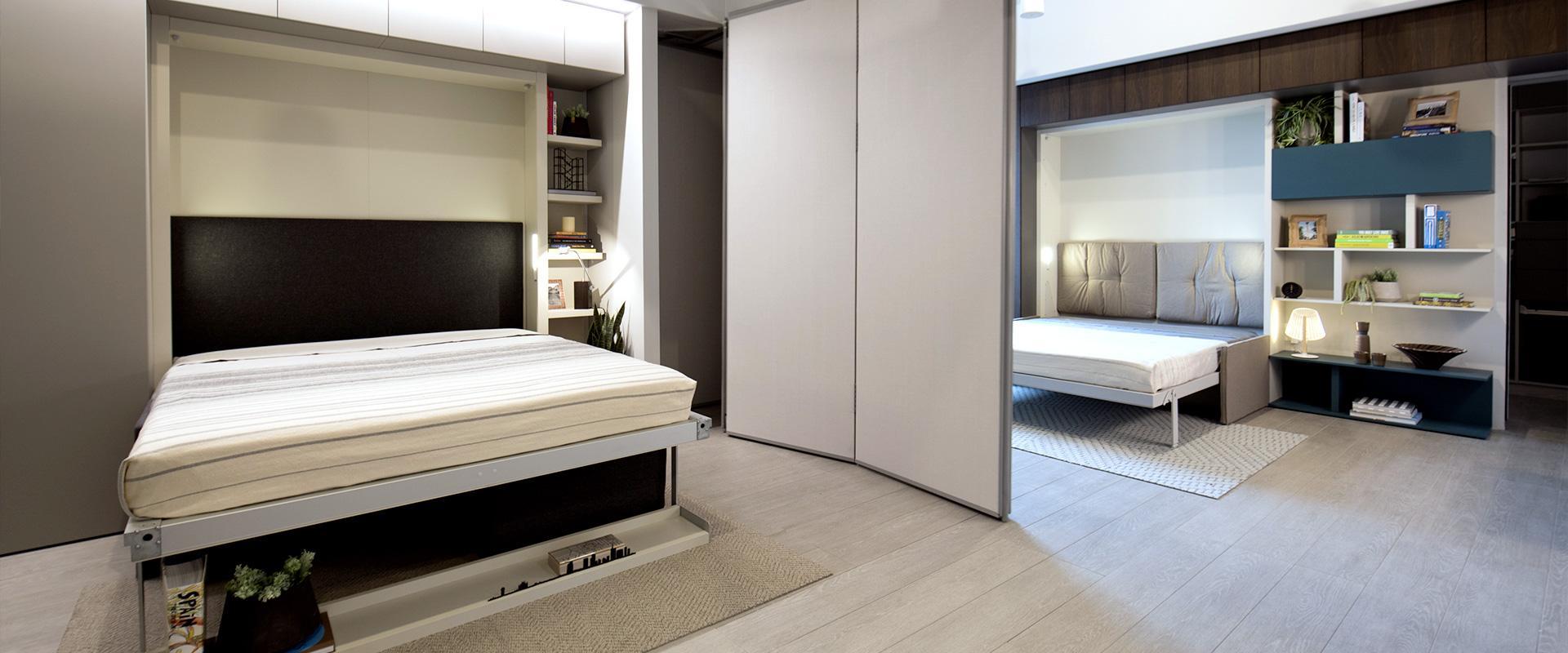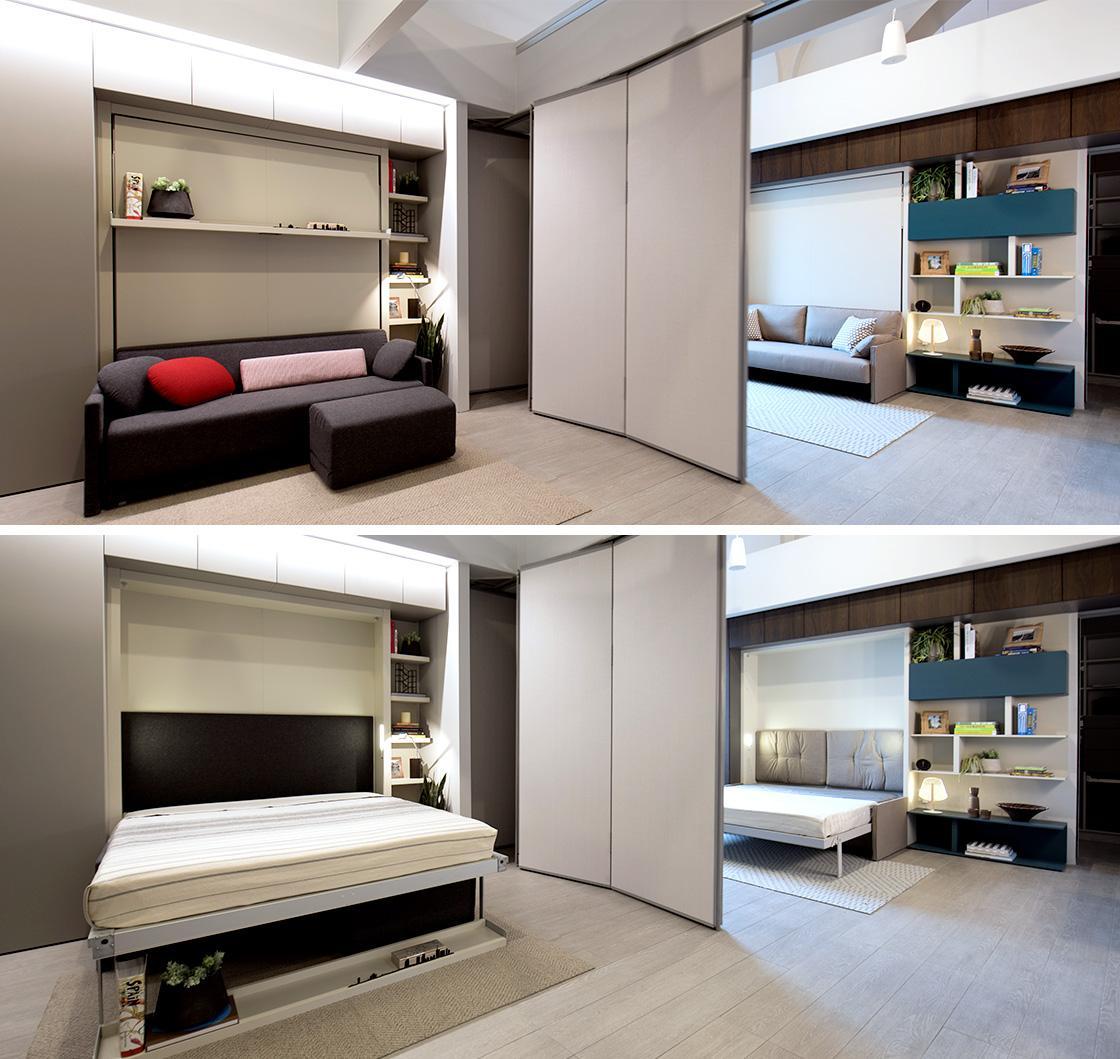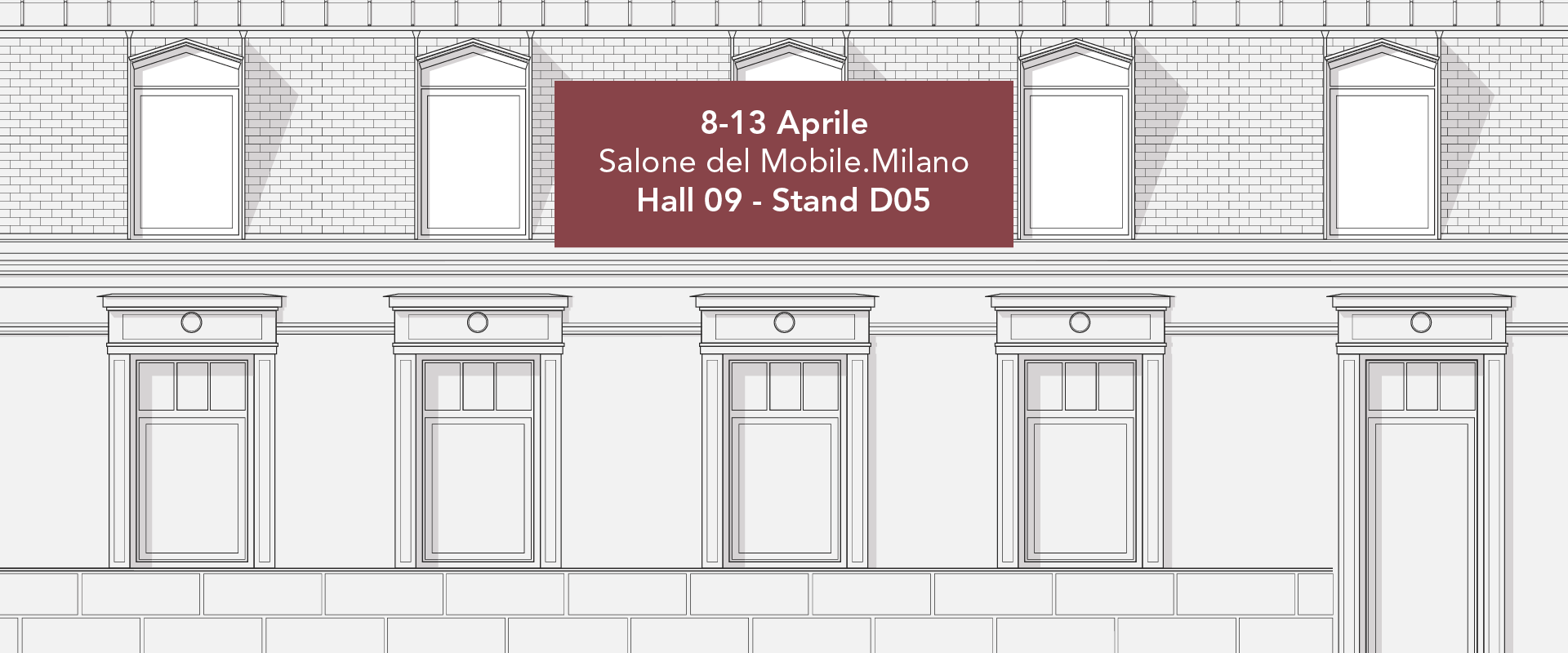
Inspirations - 16 December 2019
Cohousing: what is it? New frontiers in communal living
We are living in an age characterized by quick and unpredictable transformations. Everything changes so rapidly that the established social models are facing a crisis.
From political systems to city planning, every aspect of social living is undergoing a radical change of direction. In the words of Bauman “Uncertainty the only certainty, that’s the only permanence”.
This “fluid” context allows a better understanding of the cohousing phenomenon, through an interdisciplinary analysis to explore the new frontiers in living.
However, what does communal living actually mean? When trying to define a phenomenon in progress, it is inevitable to set limiting boundaries. We will therefore focus on defining what does not belong to cohousing, and how to live in shared spaces without compromising on high quality standards.
What is cohousing?
The shared housing phenomenon has been primarily investigated by the architecture and sociology fields. Indeed, cohousing meets both residential and relational needs.
This new housing concept emerged in North Europe in the 1960s and it rapidly sprang across metropolitan environments thanks to a growing demand for new residential spaces.
Essentially, cohousing are residential buildings consisting both in private dwelling and in large spaces and common services shared amongst residents (gardens, laundries, children playgrounds, parking, gyms and so on). Co-projecting and community spirit are key features of cohousing.
Living in a cohousing environment means taking an active role in the project and building interpersonal relationships to enhance both your own and the community well-being, while maintaining a balance between private and social spaces.
A collaborative housing is also characterized by:
-
Knowing your neighbor. Cohousers meet their neighbors from the beginning project start and are able to build strong and long-lasting relationship with them. This is fundamental for the creation of a healthy and safe environment, which is particularly suitable for children’s growth and elderly care.
-
Economic and environmental sustainability. While private spaces and personal privacy are respected, shared use of areas and services can contribute to significant energy and money savings. Household can cut its monthly expenses by 10-15% on average.
Cohousing is truly sustainable when at least 10 units are involved; otherwise, it might be harder to build a virtuous social, economic and environmental process.
In bigger cohousing projects, the units are organized in clusters hosting 30-40 families, with services and common spaces arranged around a main club-house.
Differences between cohousing and coliving
Nowadays, we are living in the age of sharing, and the prefix co- is widely used to form new terms related to sharing practices, partly because it is trendy, and partly for analytical reasons.
The term cohousing is often used interchangeably with coliving. There are actually major differences between these two approaches. The core concept of sharing spaces and services is quite similar, the main difference being that coliving normally also involves the working sphere. Indeed, coliving is regarded as the perfect mix between coworking and cohousing.
Coliving spaces can host social activities such as workshops, events, concerts, markets and so on. While, by definition, cohousing exclusively refers to housing and its related services.
How to live in shared spaces: the Making Room project
When embracing a collaborative housing lifestyle, it is extremely important to take into account the design of the spaces, envision their everyday activities, and consequently choose a functional furniture, able to meet the different needs of the cohousers by easiness of use.
In the light of the above, in 2013 Clei built a 1:1 scale apartment for the New York exhibition “Making Room”, proving that is possible to maintain high living standards even when a house is a micro unit.
In 2017, the concept has been further developed at the Washington National Building Museum through the exhibition “Making room: housing for changing America”, by setting three different scenarios, one of which focused on an extremely common living arrangement in our cities, cohousing of roommates.

So we created a multifunctional habitat eliminating the typical separation of living and sleeping areas in favor of an open space able to adapt to its occupants’ needs in a smart and versatile way.
This is possible thanks to our transforming furniture that feature a mix of traditional craftsmanship and patented technologies to create functional and versatile living spaces.

Events - 26 March 2025
Clei at Salone del Mobile.Milano
MICROLIVING: MULTIFUNCTIONAL DYNAMIC ENVIRONMENTS
Read more